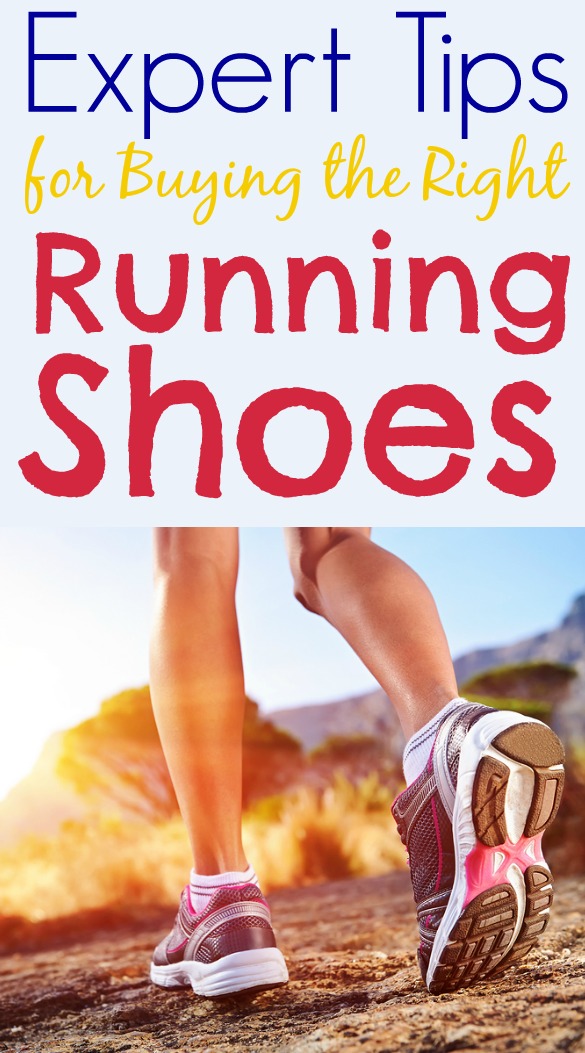Buying Running Shoes? Experts Share Their Dos & Don’ts
“For women, shoes are the most important. Good shoes take you good places.” –Seo Min Hyun
Running doesn’t take a lot of fancy equipment — you can get your sweat on pretty much any time, anywhere, while wearing anything. But a good pair of running shoes are non-negotiable. The wrong shoes can cause blisters, aches and injuries, making you want to hang up the running habit forever.
We’ve come a long way from the days of Bill Bowerman, who famously used his waffle iron to create the first pair of Nikes in the 1950s. Today, a variety of running shoes exist, which is both awesome and … overwhelming. Visit your local running store and you’ll see walls and walls of shoes, each with special features for certain types of running (and runners).
So how do you determine which one is the right pair for you? Don’t worry — we’ve got your back — er, your feet. In this five-week series, we’ll tell you everything you need to know (and then some) about getting in the right pair of kicks for your running style.
First up, the basics!
Dos and Don’ts From the Experts
DO go to a running specialty store to make sure you get the best help. While the Internet is a good place to research shoes, it’s not the best place to actually pick your shoe. Because every runner is unique, no one can tell you what a shoe feels like on your feet.
DO allow your store to analyze your gait. “This helps us to determine the correct category of footwear to work with your unique biomechanics, then a variety of shoes from different brands within the same category should be tried on,” says Lance Muzslay, owner of Sole Sports Running Zone stores in Arizona.
DO make sure you’re buying the right size. “You want at least a full thumb’s width between longest toe and end of shoe,” says John O’Neill, owner of The Colorado Running Company in Colorado Springs. “You should be able to pinch material in the toebox. A shoe that is a bit too long will cause less injury than a shoe that is a bit too short.”
DON’T let looks dictate the shoe you buy. “Looks matter … somewhat. If you don’t like the way a shoe looks you will not put it on,” O’Neill concedes. “But too many people make this the first priority, and that is the worst way to choose a shoe.”
DO take a short jog in a shoe before sending it to the reject pile. Due to differences in the way our foot hits the ground, a shoe that feels “kinda weird” while standing or walking may feel amazing while running.
DON’T be a penny-pincher. Yes, you can get some shoes for $20, but you may pay the piper down the road, as poor shoes can contribute to injury. Consider your running shoes an investment. You’ll spend many hours in them, so the right pair is worth every cent.
DO use your running shoes only for running. In addition to extending the life of your shoe, it will also allow the foam to decompress between runs, meaning you’ll get a more comfortable ride when you lace up.
DON’T celebrate an anniversary with your running shoe. Louis Secreto of Napa Running Company sees many new runners try to push their shoes past their lifespan to save a few dollars. Though many factors play into how long your shoes will last (the type of shoe, the weight of the runner, and the surface on which you run), a good rule of thumb is to replace shoes after they’ve been on your feet approximately 400 to 500 miles (but watch for signs of wear much earlier).
What are your dos and don’ts for buying running shoes? —Susan

